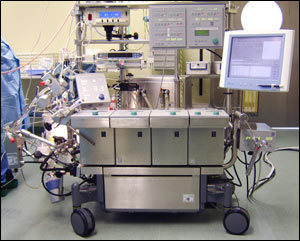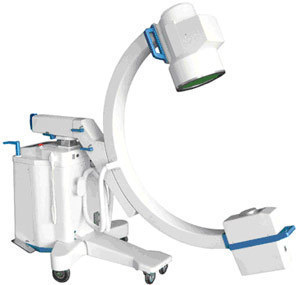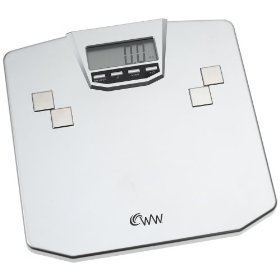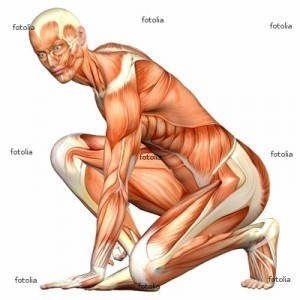Dimension of a Heart-Lung Machine
The heart lung machine dimensions are not standardized  so some machines weigh over 700 lbs, as in the case of the Sarns 8000. Others will weigh more or less than that. But while their sizes vary, the basic features and purpose of the machine is still applicable to the units being sold today.
so some machines weigh over 700 lbs, as in the case of the Sarns 8000. Others will weigh more or less than that. But while their sizes vary, the basic features and purpose of the machine is still applicable to the units being sold today.
General Information
The heart lung machine is a device that gives mechanical circulatory support for the lungs and the heart. The machine is made up of various components, but chief among them are the reservoir to contain blood silicone tubing or polyvinyl chloride (PVC) and arterial cannula (tubes).
Other components are the electrolyte analyzer, inline blood gas evaluator, flow meter, pump(s), and arterial line filter. There is also a heat exchanger(s), cardiotomy (filtered reservoir) and membrane oxygenator.
Purpose
Whatever the differences in heart lung machine dimensions may be, their role is the same. During an operation, the apparatus is used to give respiration and blood flow to the patient. This is done when the heart is stopped. This allows doctors to conduct aortic aneurysm repairs, fix cardiac anomalies, perform open-heart surgery for valve repair and coronary artery bypass grafting (CABG).
The machine also allows surgeons to conduct other operations related to cardiac health conditions. Thanks to the machine, the heart and lungs will have time to recover fully from the operation.
Other Benefits
The value of the heart lung machine cannot be underestimated. For example, the machine is used in cardiac catheterization laboratories and critical care units to keep the respiration and blood flow going.
What the machine does is act as a replacement for the injured lungs or heart, allowing the organs time to recuperate. When treating lung disease, the venoarterial extracorporeal membrane oxygenation (ECMO) is used with the heart lung machine.
The device is not limited to people with heart or lung problems. Those with extreme hypothermia cases can be treated with the machine. As the blood goes by the heat exchanger, it warms up.
The warmed up blood proceeds to go back into the body. This slowly increases the body temperature until it attains normal status. The device can be used by pediatric and adult patients. In fact there are many children’s hospitals with the machine installed.
The heart lung machine dimensions and its features will continue to evolve. The nonstop advances and innovations in the field of medicine will doubtless alter the specifications and capabilities of these devices.





